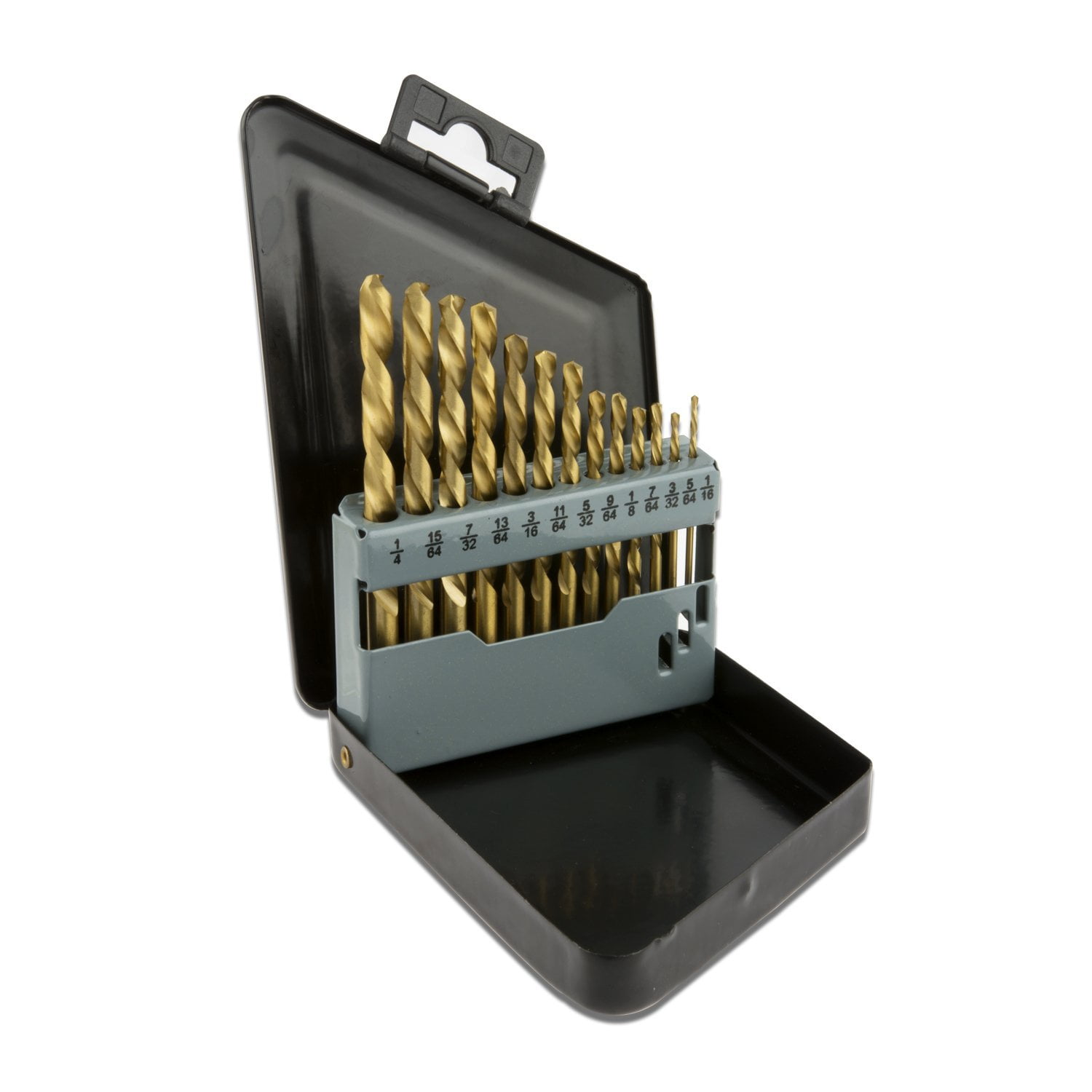
- LEFT HANDED DRILL BIT HOW TO
- LEFT HANDED DRILL BIT TRIAL
- LEFT HANDED DRILL BIT PLUS
- LEFT HANDED DRILL BIT FREE
Once upon a time, there were drills that didn’t have a reverse function, and the reverse drill bit provided a perfect workaround. This is the opposite of most drill bits that have flutes that twist in a clockwise direction.Ī reverse drill bit is also named a left hand drill bit or screw extractor. If you’ve heard of a reverse drill bit, you might be wondering whether you need it for any of the reverse functions we’ve covered here.Ī reverse drill bit is a type of twist bit where the flutes twist in a counter-clockwise direction. The spindle lock will prevent your drill from activating when there’s pressure on the trigger. Not all cordless drills have this spindle lock feature, but some do.

On some drills, you can use the forward/reverse button to lock your drill, which can help prevent damage in your toolbox and preserve the battery life for your cordless drill. All you have to do is use the reverse setting to back the drill out safely and without damage. If the drill bit gets jammed, you can easily cause damage by pulling it out with brute force.īut with the reverse function on your drill, this is an easy fix. Sometimes, things get a little dicey when you’re actually drilling holes. If not, proceed with caution to avoid unnecessary friction as you determine whether you’ve got the right fit. If you’re unsure, try testing the bit around the screw you’re trying to remove (if you can get to it). Size is a crucial component and it’s going to help prevent stripping.
LEFT HANDED DRILL BIT PLUS
Here is a great list with a lot of screwdriver heads (via ).įor example, if a bit is to remove a Phillips’s head screw, it might be marked with PH plus a number that indicates size. This is probably easier than you think because most bits are clearly labeled with the type of screw they’re for.
LEFT HANDED DRILL BIT HOW TO
So, let’s explore how to choose the right screwdriver bit.Ĭheck your drill’s manual to see which bits are for which screws. Even though you’re using your cordless drill in the correct mode.Īnd if you end up stripping the screw, removal will become exponentially harder.

If you have the wrong screwdriver bit for the job, you may have some trouble removing the screw. Not only are you using your drill in reverse, but you probably feel like you have to do some reverse engineering to figure this one out.īut don’t worry. And this can always be tricky when you weren’t the one to drive the screw in the first place. But it’s crucial that you use the right screwdriver bit for the screw. So, using your drill in reverse is going to be your best bet. And if that’s the case, it’s going to be near impossible to get that screw out with a manual screwdriver. Screws usually get stuck when someone used a power tool to drive them. We’ve all encountered screws that seem to be stuck with glue, but that’s almost never the case. In this section, we’re going to cover three reasons to put your drill in reverse along with a handy guide for choosing the right screwdriver bit for each job (it’s an important part of getting the job done right!). There’s one obvious reason to put the drill in reverse and there may be a thing or two you haven’t yet considered.
LEFT HANDED DRILL BIT FREE
Feel free to share this image on social media or your website. It is a great example of how the forward/reverse function works. I will teach you how.īut before going to the rest of the article take a moment and look at the picture below. You can also adjust the drill reverse switch and see which way the bit is spinning before you attempt to use the drill. The reverse will control the drill in a counterclockwise direction. But forward will control the motion in a clockwise direction.
LEFT HANDED DRILL BIT TRIAL
You may need to check the manual (or perform a simple trial and error check) to see which direction drives which movement.

In most drills, there’s a switch button that controls the drill’s movement. *See the table below or further down the article you will find a great image that will teach you this. When you’ve identified that you need to put your drill into reverse, or if you just want to test out the function, it’s easy to do. As an Amazon Associate, I earn from qualifying purchases. * This article may contain affiliate links.


 0 kommentar(er)
0 kommentar(er)
